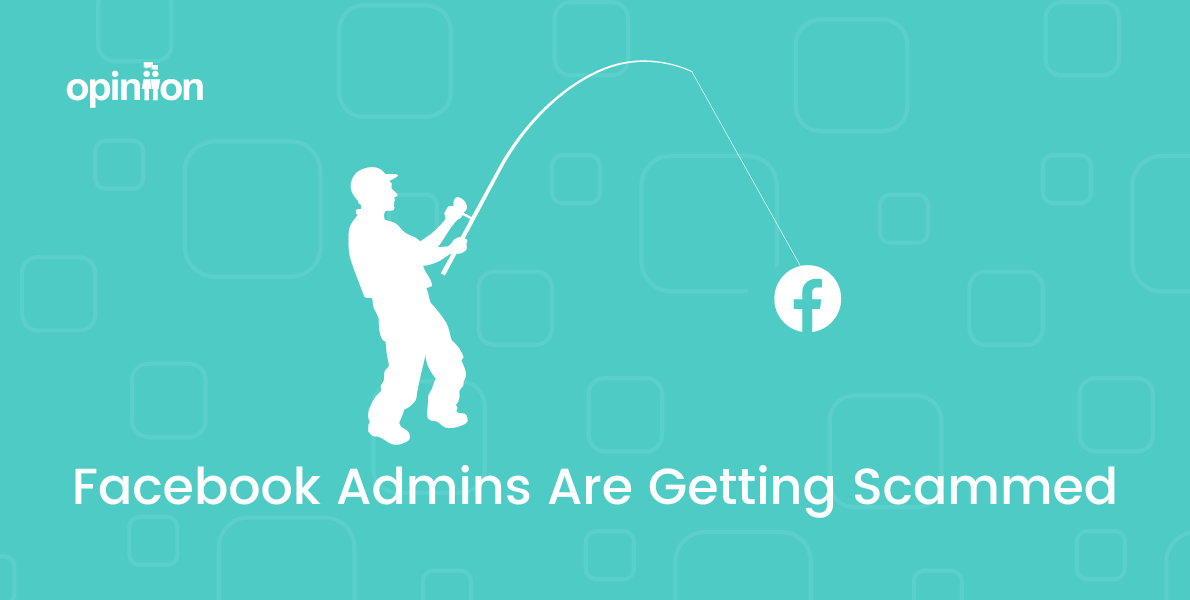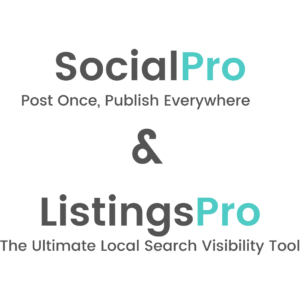Protect Your Business from Facebook Phishing Scams
In the vast ocean of the internet, phishing scams are the treacherous currents waiting to sweep away the unwary. The latest to hit the shores of Facebook are scams masquerading as a copyright infringement or other compliance warnings. These scams attempt to create a sense of urgency by threatening blocks, suspensions, or being unpublished if you do not comply. Here’s how to spot these scams and take action to protect your account and the community at large.
What Do the Scams Look Like?
They can come in various forms including via email, a direct message, or even as a review on your Facebook page. As an example: “Last Warning: Your business page has received a compliance warning, and you need to contact us to confirm your page. If you do not confirm, our system will automatically block your account. Contact us for support: [Phishing Link]. Your distribution will be limited if your Page is flagged repeatedly. If you do not contact us after 24 hours the page will be unpublished to protect the community.” Messaging can differ widely, but the concept remains, where the messages are designed to panic page administrators into clicking a link that leads to a fake support page.Identifying Potential Phishing Scams:
- Urgent and Threatening Language: Legitimate warnings from Facebook will not use scare tactics or impose tight deadlines for response.
- Suspicious URLs: Any link that doesn’t lead directly to a facebook.com domain should be considered suspect.
- Grammar and Spelling: Phishing attempts often have grammar mistakes or odd phrasing. Authentic messages from Facebook will be well-written and professional.
- Lack of Personalization: Generic greetings such as “Dear User” or the absence of your name may be red flags.
Ways to Report or Flag a Scam:
Do not click any links in the post or message. If you suspect a message is part of a scam, do not click any links or provide any personal information.- Report a Direct Message (DM):
- Find the message in question
- Click “Move to Spam”

- Report a Comment/Post:
- Go to the comment/post and click on the “More Options Icon” (three horizontal dots) beside the post or comment.
- Select “Find support” or “Report.”
- Follow the prompts to report it as a scam/spam, or phishing attempt (varies on the type of post or message).
- Flag a Review for Removal:
- Click on the “More Options Icon” (three horizontal dots) next to the review.
- Choose “Find support or report recommendation.”
- Select “Spam” or the most appropriate option provided by Facebook.



- Report a Message in Your Email Inbox:
- Select “flag/report/mark junk” according to your email platform settings.
- Follow the prompts to report it as a scam/spam, or phishing attempt (varies by email platform).
- Delete the message.
Protecting Yourself and Your Page:
- Verify Through Official Channels: If you receive a warning that seems legitimate, go directly to your Facebook notifications or your Page Support Inbox.
- Use Two-Factor Authentication: This adds an extra layer of security to your account, making it harder for scammers to gain access.
- Educate Your Team: Ensure anyone with access to your page knows how to identify and report phishing attempts.


